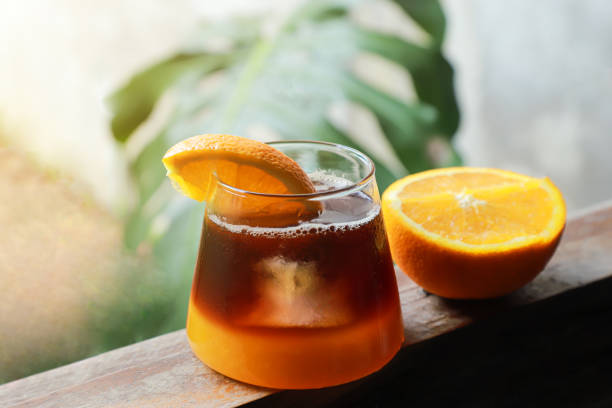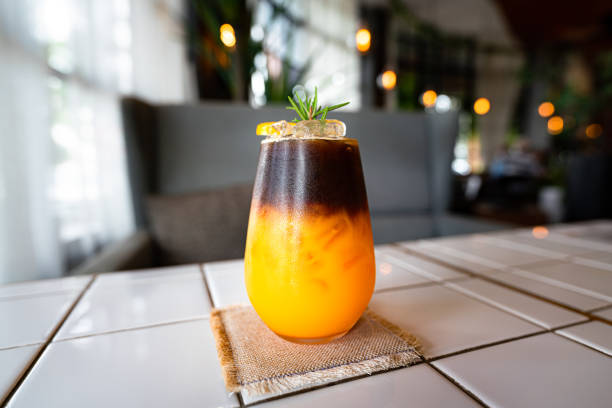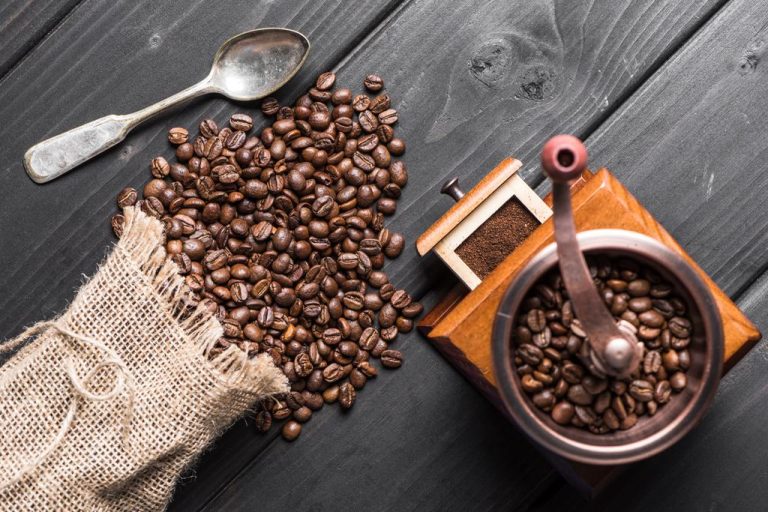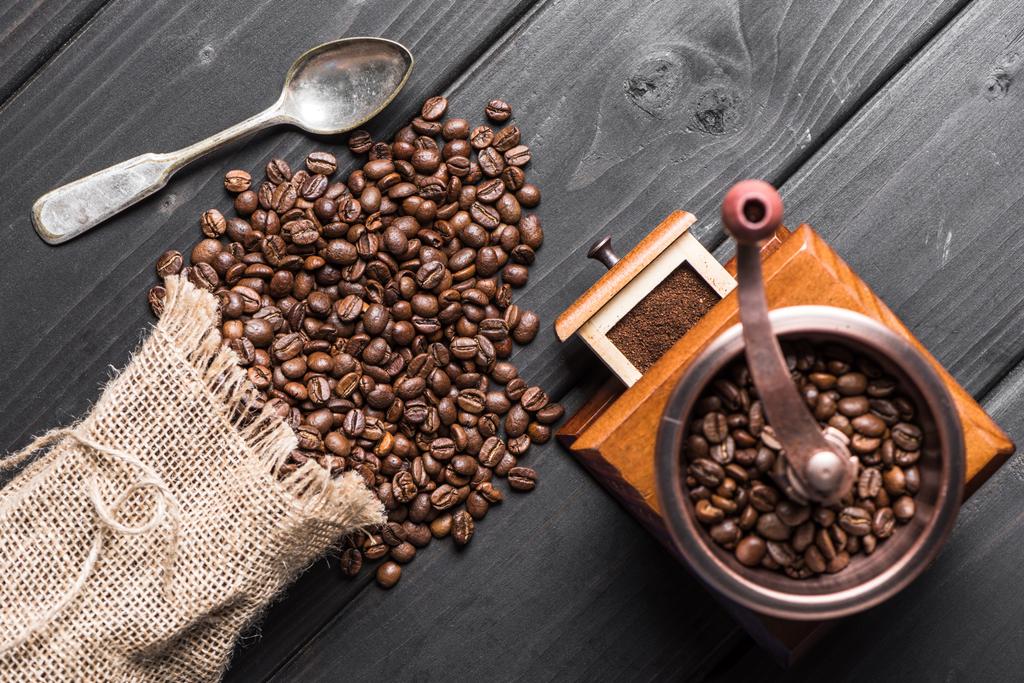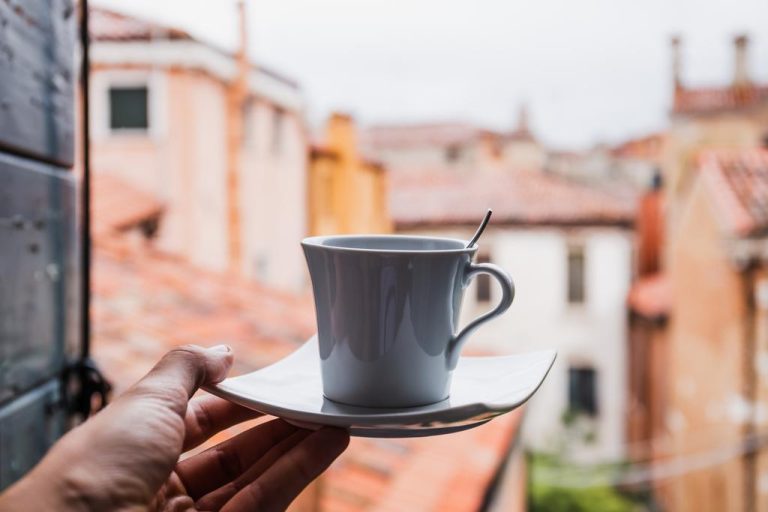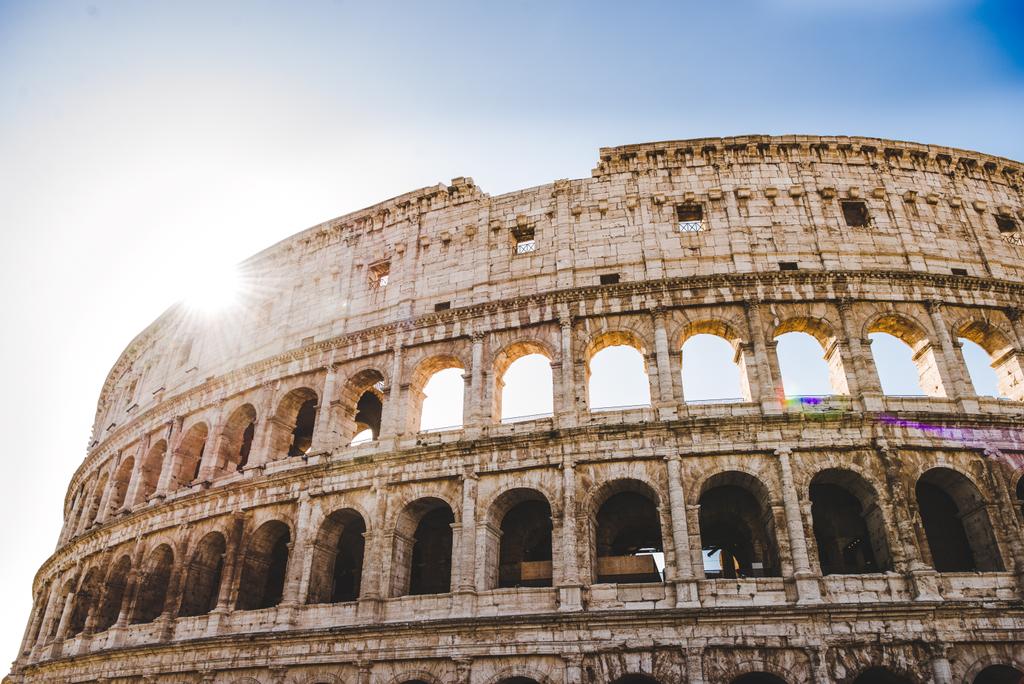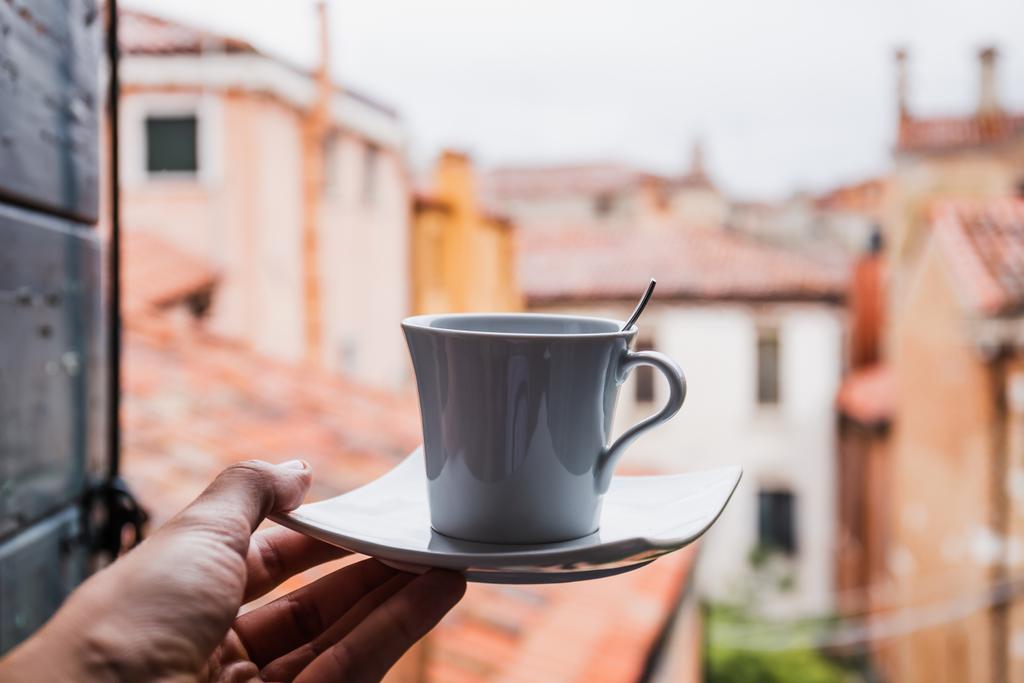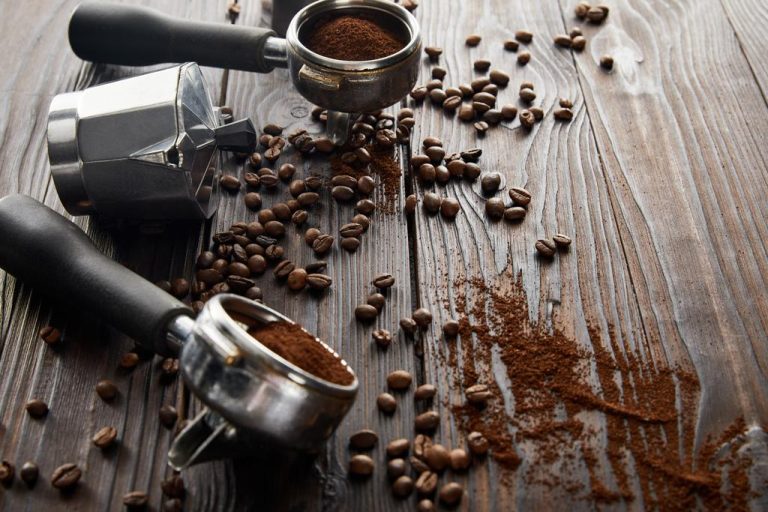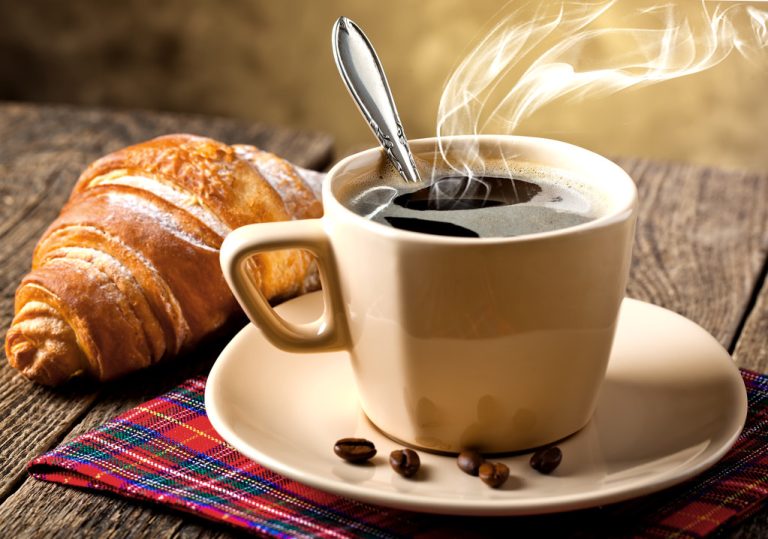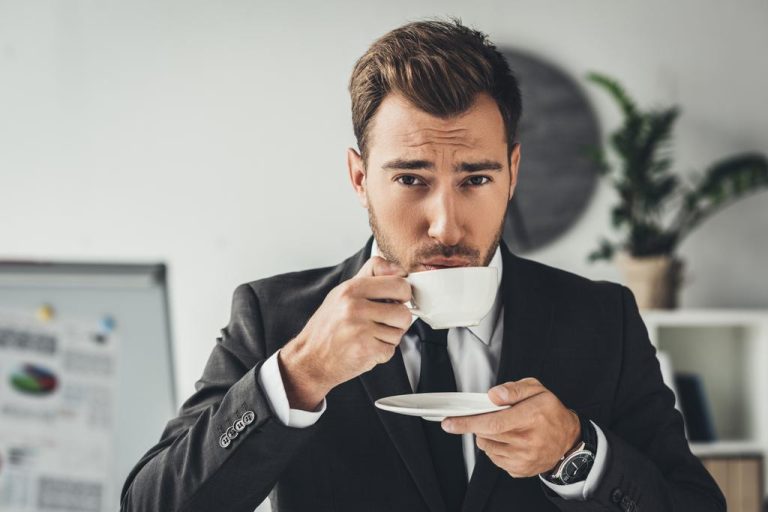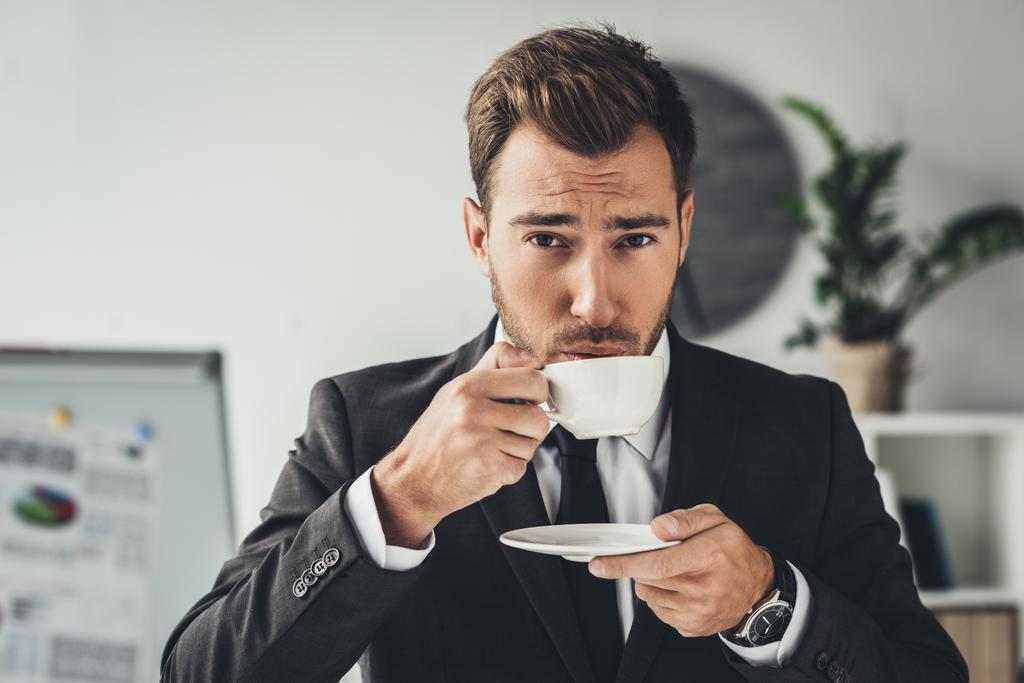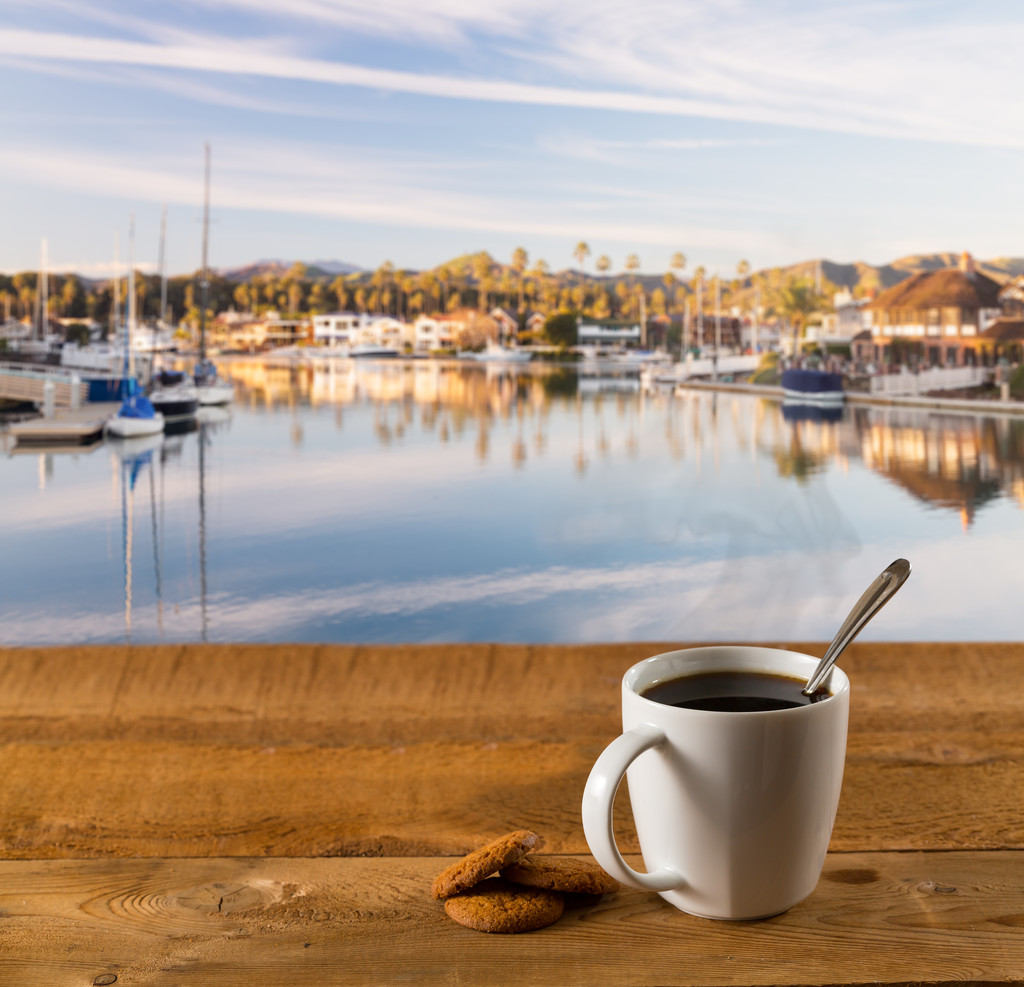Are you looking for a cheap alternative that you can use to make strong coffee at home without a portafilter machine or fully automatic coffee machine? We have a handy answer: the espresso maker!
What is an espresso maker?
The espresso maker is a small pot that is traditionally made of aluminum but is now increasingly made of stainless steel. With it, you can easily prepare fresh coffee on the kitchen stove or a hob. The most famous model was developed in 1945 by the Italian Alfonso Bialetti. A device for making coffee from France, which was already on the market in 1819, is considered to be the forerunner.
How is an espresso maker constructed?
A typical espresso maker consists of three parts:
The upper part is the collection container for the finished coffee. With the help of the integrated riser pipe, the coffee flows upwards. Below the riser is the first filter.
Below that is a funnel insert with a sieve, into which the ground coffee is placed.
The lower part is a kettle with a valve, into which water is filled.
How does an espresso maker work?
About the process of making coffee in the espresso maker: When the water is heated on the hob, the boiling water escapes through the metal tube and hits the ground powder. The coffee then flows through a fine sieve and rises in the tube to the upper part of the cooker. Here it is caught in a kind of jug. Admittedly, it sounds a bit complicated in theory, but in practice it’s incredibly easy. Done it once and you can hardly make mistakes afterwards.
Step 1: Fill with water
Unscrew the espresso pot and remove the funnel. Fill the kettle with preheated water. This step is intended to prevent the coffee from taking on the taste of aluminum or metal. Depending on how much coffee you want to drink, you should also choose the appropriate pot size. For a good result, the pot should always correspond to the amount to be prepared. That said, it doesn’t make sense to cook only two in a six-cup cooker. It is important during preparation that the safety valve is not covered with water.
Step 2: Fill in the ground coffee
Reinsert the funnel and fill it completely with ground coffee. It shouldn’t be squeezed. You will get the best results if you freshly grind the beans. Make sure that the grinding degree is set between fine and medium so that the coffee does not taste burnt or bitter later.
Step 3: Heat the espresso maker
Screw the top of the jug back onto the bottom. Then place the espresso maker on your hob and heat it up. Note that the stove should only be heated at medium heat. As soon as the water starts to boil, the top of the pot fills with the finished coffee. Don’t be surprised if you hear a “gurgling” or “whistling” sound coming from the device. Then you know that the coffee is being brewed. The noise is due to the pressure inside the cooker. The espresso is initially quite dark, but becomes lighter as the process progresses. You should remove the espresso maker from the stovetop as soon as steam comes out of the spout in the lid. From here the residual pressure in the pot is sufficient to complete the extraction. At this point, however, you can also cool the pot with a damp cloth and thus end the extraction.
Select coffee beans and degree of grinding
In general, you can use any coffee bean in an espresso maker. Depending on how strong you want your coffee to be or how much you want it to resemble an espresso, you should also choose the beans. For a full-bodied aroma, we would recommend a blend of Arabica and Robusta beans. These are also used to prepare a classic espresso and add a powerful flavor to your drink. For this, the beans get an extra espresso roast.
Your coffee from the espresso maker will be particularly good if you freshly grind the beans beforehand. The degree of grinding should be finer than for filter coffee preparation, but not as fine as for the portafilter machine. If you’re not quite sure, just give it a try:
If the coffee then tastes too watery, the grind was too coarse. If your drink is rather bitter or tastes almost burnt, the degree of grinding was probably too fine. During preparation, the funnel should be completely filled with ground coffee.
Which hotplates can I use with an espresso maker?
Basically, you can use an espresso maker on all hotplates, it depends on the material and the stove. Don’t be surprised if an espresso maker from the company’s stock doesn’t work in your kitchen: espresso pots made of aluminum cannot get hot on induction hobs. This is similar to old pots, which also do not work on induction stoves. You should therefore pay attention to the material your device is made of.
Good to know: In an emergency, the espresso maker can also work without electricity. You could even enjoy a delicious cup of coffee while camping with the help of a gas cooker. The practical coffee machine “To Go” can accompany you everywhere.
How to clean the espresso maker
In order for the espresso maker to have a long service life, it should be cleaned after each use:
After making coffee, let the device cool down first.
Then unscrew it.
It is best to clean the espresso maker by hand. Wash each part individually with lukewarm water without adding detergent until all residue is removed. For example, you could use a sponge to help.
Then dry the individual parts and reassemble the espresso maker.
There should also be a general cleaning every few weeks. To do this, first repeat the normal cleaning steps. Next, prepare a bowl of lukewarm water to which you add either citric acid, vinegar, salt, baking soda, or baking soda. It is also important not to use detergent or artificial cleaning agents. Place all parts (except for the rubber seal) in the prepared water for 15 minutes. This is how stubborn deposits and limescale are dissolved. Then wash everything under neutral water and dry thoroughly again. Finally, the espresso maker can be reassembled.
